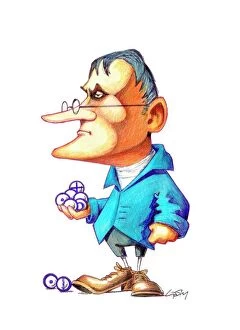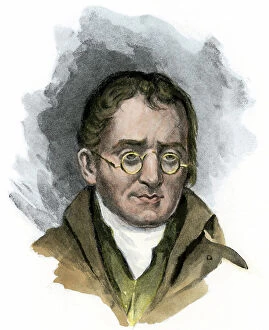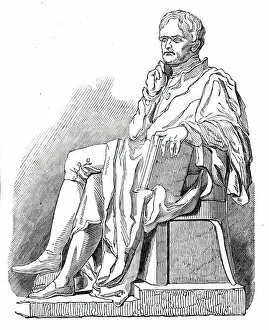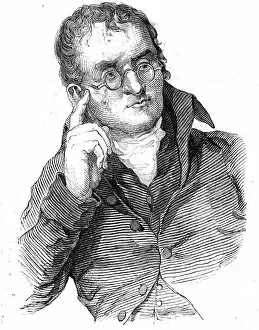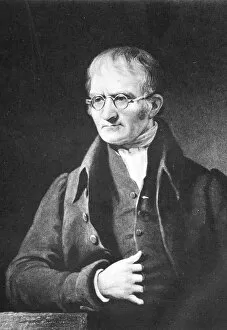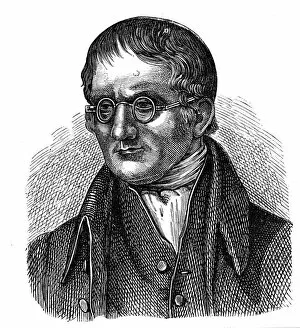John Dalton Collection
John Dalton, a renowned British chemist born in 1766, made significant contributions to the field of atomic theory
All Professionally Made to Order for Quick Shipping
John Dalton, a renowned British chemist born in 1766, made significant contributions to the field of atomic theory. His groundbreaking work revolutionized our understanding of matter and its composition. A statue was erected in honor of the late Dr. Dalton in 1844, showcasing his remarkable achievements and lasting legacy. The creator remains unknown, but their craftsmanship beautifully captures the essence of this esteemed scientist. Dr. Dalton's table of atomic symbols, published in 1835, became a cornerstone for future scientific advancements. It provided a systematic representation of elements and their properties, laying the foundation for modern chemistry. The plaster bust created in 1834 portrays John Dalton as an intellectual figure with deep knowledge and wisdom etched on his face. This artwork symbolizes his immense contribution to science and education. Thurnham Hall stands proudly as the residence during his lifetime—a testament to his success and recognition within society. This engraving showcases both the grandeur of the estate and its association with one of history's greatest chemists. In 1844, upon Dr. Dalton's passing, he lay in state before being laid to rest—an event captured through engravings that depict mourners paying their respects to this extraordinary man who forever changed our understanding of atoms. Photographs from different eras capture various aspects of John Dalton's life—his serious demeanor reflecting dedication towards unraveling nature's mysteries while leaving behind an indelible mark on scientific progress. John Dalton will always be remembered as an exceptional English chemist whose theories shaped modern chemistry into what it is today. His contributions continue to inspire generations after him—a true pioneer whose impact transcends time itself.

